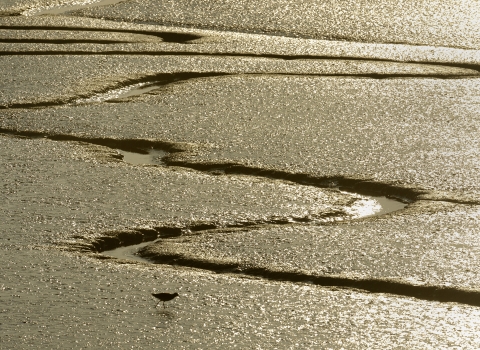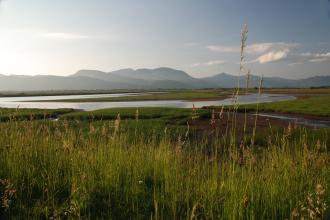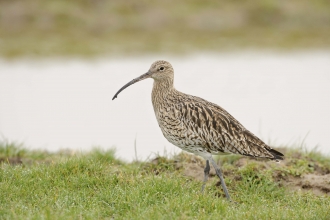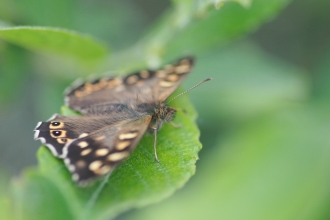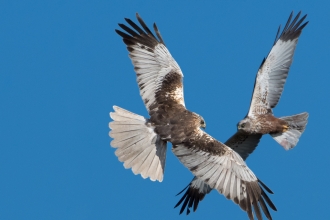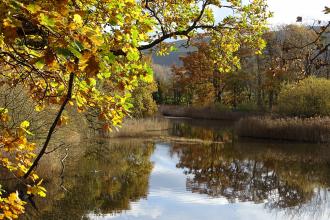Salt marshes and estuaries
Estuaries: where rising and falling tides and the meeting of freshwater and salty sea create unique and dynamic habitats. Among these habitats are saltmarshes, forming in semi-sheltered areas, and supporting large populations of well-adapted species. Often important nursery areas for fish species as well as providing breeding and feeding sites for wintering waders and waterfowl, sadly, these vital refuges are now relatively rare in the UK, and The Wildlife Trusts are working hard to protect these unique ecosystems.
While the sight of so many birds in one place is simply breathtaking, the sound is something else – whether it is the clamour of geese, duck spooked by marsh harrier and peregrine or the haunting call of the curlew
Find a saltmarsh or estuary near you
There are a number of internationally important estuaries and saltmarshes in North Wales. We have a nature reserve at Traeth Glaslyn, near Porthmadog and one at the Spinnies, Aberogwen near Bangor.
Traeth Glaslyn has a small bird hide but is also visible from the Porthmadog Cob. A range of wintering wildlfowl and waders can be viewed against a stunning background of Snowdonia.
The Spinnies, Aberogwen and the estuary of the River Ogwen and adjacent to the vast tidal sands of Traeth Lavan has two bird hides and is an excellent spot for winter bird watching as large flocks of birds collect on the adjacent sands. It has a growing reputation among wildlife photographers as a place to go for photographing a range of birds.
What to look for
Autumn and winter are generally peak times for wildlife on the estuary, with thousands of ducks, geese, swans and waders making the most of invertebrate-rich mud.
More wildlife experiences
From seeing colourful wildflowers to spotting magnificent birds of prey, we can help you get closer to wildlife across North Wales.

